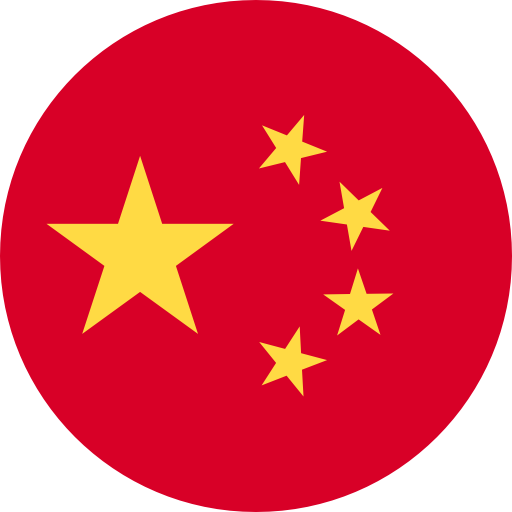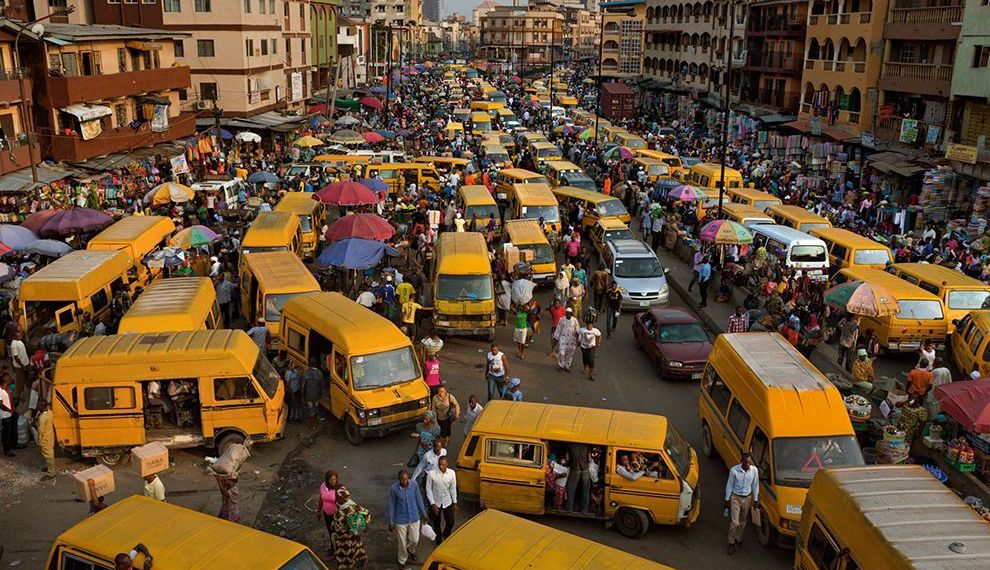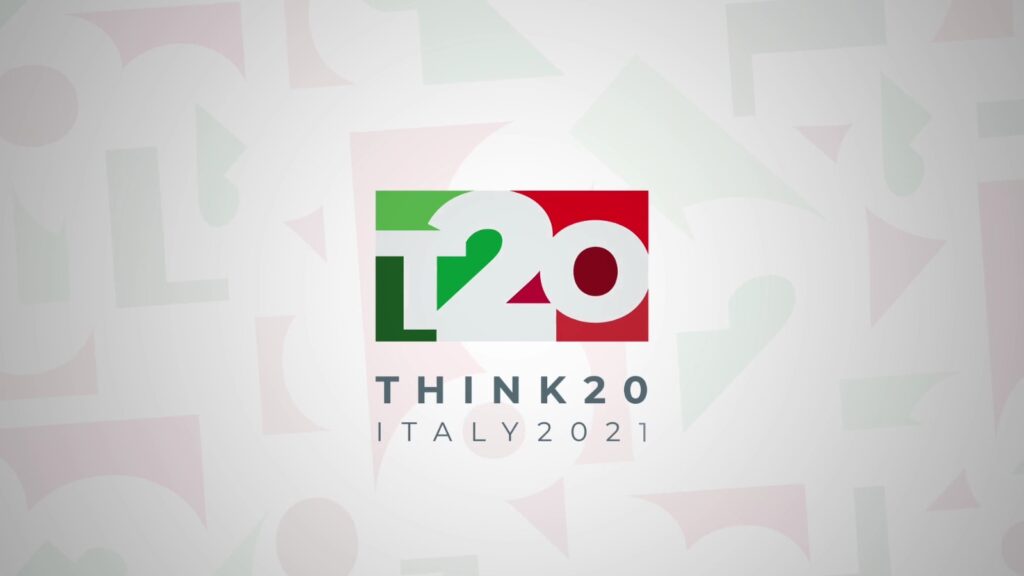AI & Gender – Bridging the gap
The rapid growth of AI is swiftly changing the world of work and business. Embedded in this growth is its potential to create new opportunities for gender equality. However, if not properly engaged or utilized, AI also has the capacity to reinforce gender bias, stereotypes, and discrimination. AI is gaining a lot of attention through advancements in machine learning and the increasing use of algorithms for pattern recognition. It is used across various fields and sectors to shape our economic, political, cultural, and social interactions; used in areas such as approval of bank loans, job recruitment, medical diagnostics, etc.
World leaders and governments are showing their commitment to the growth of AI by investing heavily in it. The US government’s federal spending on AI rose to almost $1billion in 2020 - which is about a 50% increase from its spendings in 2018 and the Canadian government also invested about $125million in its AI strategy in 2017. The private sector on the other hand has a leading position in investment in AI. Global total AI investment by the private sector was over $50billion in 2021 with Nvidia Corp and Alphabet Inc (Google) in the forefront, owning a large portion of about 50% of the total investment. However, with the issues of accountability and privacy violation prevalent in the present digital platform operation, leaving the powerful tool of AI unchecked can foster some of social issues in the digital space including gender discrimination. Therefore, in order to truly advance gender equality and women’s empowerment, gender considerations and issues alongside regulatory policies need to be mainstreamed in AI.
Gender Bias and AI
The gender bias found in AI takes up two forms. Bias in terms of the exclusion of women from the AI sector and Bias found in the building of algorithms. Gender equality in the workplace has been a critical issue for decades. About 80% of the male gender make up the workforce of the AI industry with only about 18% female machine learning researchers. It should be of great concern that women make up only a small percentage of the technological workforce; an industry that is seen as a force for societal transformation.
The first steps in building algorithms are the selections of training datasets. AI-generated patterns, predictions and recommended actions are reflections of the accuracy, universality and reliability of the data sets used, as well as the inherent assumptions and biases of the developers of the algorithms employed. Although one can say that AI is as good as the people behind it, it is important to note that one of the potentials of AI lies in its capacity to generate new solutions within the limits of inputs received. This is a fundamental aspect that needs to be kept in mind while training and implementing AI solutions for better gender equality. Preventing gender biases in software applications, therefore, calls for better corporate governance that includes diversity in hiring and retention practices and enabling a work culture where gender equality principles are explicit and prioritise accountability.
Diverse teams made up of both men and women are not just better at recognizing skewed data, but they're also more likely to spot issues that could have or result in negative societal outcomes. Thus, emphasising the need for higher participation of women and gender experts in the process of principle formulations at the foundation level, and an improvement in the representation of women in technical roles and in the boardrooms of tech companies. Talent acquisition, as well as women empowerment, will therefore be critical in bridging the gender gap in AI and helping women gain their ground in the industry.
The way forward in bridging the gap
Considering the two forms of gender bias mentioned above, the following are highlights of key issues and proposed recommendations that need to be addressed in order to bridge the gender gap in the AI industry.
- In the building of algorithms, an inclusive unbiased dataset needs be used as AI learn from historical patterns by predicting the future based on the past. Therefore, using historical records to train AI without being cautious about these biases is like repeating history, but this time with a more powerful tool.
- Women need to be given opportunities to play an active role in shaping the next generation of technologies, so diversity is considered, and stereotypes are not reproduced.
- Capacity building and empowerment of women through education at the grass-root level to help them break into the AI sector. Creating awareness of the AI industry for girls in schools to spark their interest and also providing support for women making career change to easily transition into the sector.
- Creation of a robust and gender-inclusive AI guidelines, principles, and codes of ethics within the technology industry to help regulate activities in the sector.


 English
English
 Arab
Arab
 Deutsch
Deutsch
 Português
Português
 China
China





